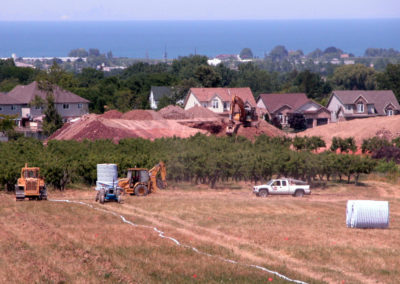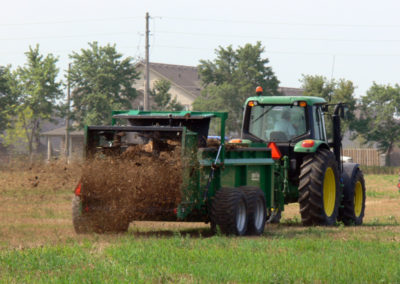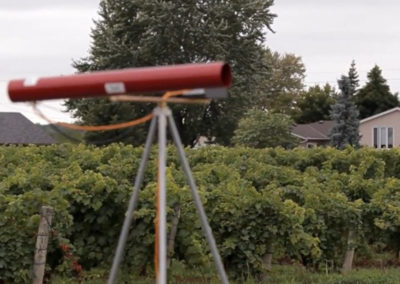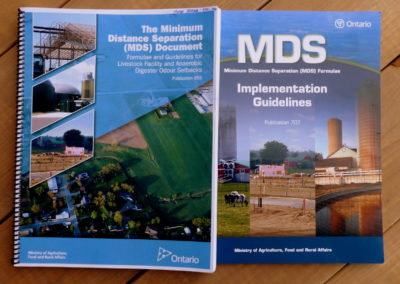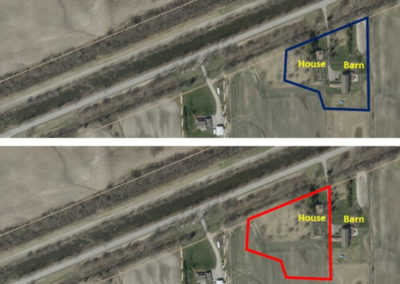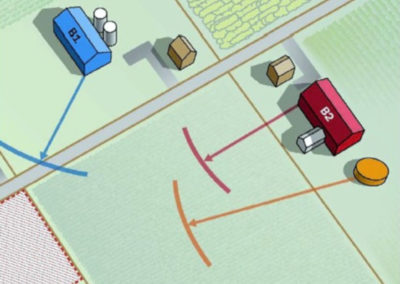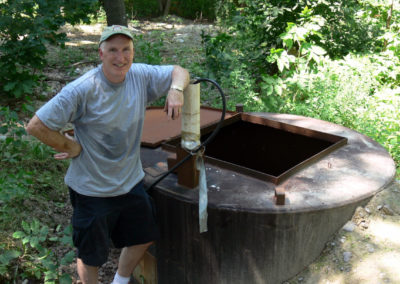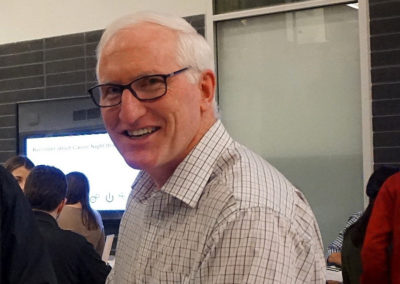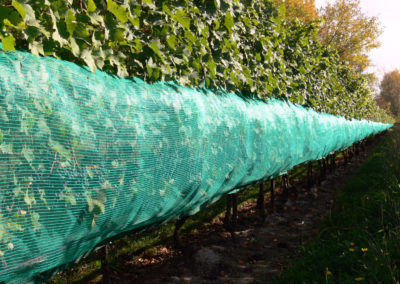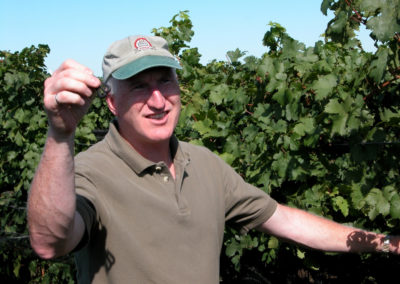SERVICES
Farming Within the Urban Shadow
It’s not wrong — it’s simply the reality — there are fewer people out there who understand the complexities of your modern farm. I’ve teamed up with farmers, consultants and others to help navigate the complex world of your Municipality, Conservation Authority, Niagara Escarpment Commission, Greenbelt, local utilities, Committee of Adjustment, Normal Farm Practices Protection Board, Provincial and Federal Departments, and many other agencies. I’ve written reports and given presentations in plain language, sometimes giving testimony under oath, so these entities get a better idea what it is you do and why you need to do it to keep your farm economically and sustainably operating. Despite what many believe, no two farm operations are evenly remotely the same, even with the same commodities. You might have different Best Management Practices than others, so that what is ‘Normal’ on your operation may not be ‘Normal’ on others. In my 40 years of experience, it is misunderstandings that are most often at the root of conflict. I also understand the subtle and important differences between an agricultural use, an agriculture-related use and an on-farm diversified use as outlined under the Ontario Ministry of Agriculture, Food and Rural Affairs’ Publication 851, Guidelines on Permitted Used in Ontario’s Prime Agricultural Areas (2016).
Minimum Distance Separation (MDS)
I can help you or your consultant with particularly complicated Minimum Distance Separation II (MDS-II) issues. Until 2015, I worked for the Ontario Ministry of Agriculture, Food and Rural Affairs (OMAFRA) as the Provincial lead on development, application and interpretation of the MDS II formulae for siting livestock facilities away from incompatible uses such as homes. I co-authored OMAFRA Publication 853: The Minimum Distance Separation (MDS) Document, effective March 1, 2017. I’ve performed 1000s of MDS II (and MDS I) calculations over my career and I know the history of the formulas right back to their start in 1976.
Certified Auditor for Ontario Viticulture & Winery Sustainability Program
I’ve been a certified auditor under this program since 2015 for the Ontario Craft Wineries and the Grape Growers of Ontario. As of 2021, I have performed over 100 audits of Ontario’s wineries and grape growers. This program was adapted from other grape and wine regions around the world and was integrated with Ontario’s Environmental Farm Plan to encompass all three pillars of sustainability: Environmentally Sound; Economically Feasible; and Socially Equitable. I will sit down with you at your winery or vineyard and spend plenty of time thoughtfully going through the program’s hundreds of self-scoring questions with you. Audits include; homework on questions I ask you, ahead of my visit, including gathering and preparing paperwork for me to see at my visit; the visit itself where I verify what operators have indicated what they do; seeing specific things with my own eyes; then my follow up depending on what I heard/saw/verified at my visit. Give me a call and we can set up an audit around your busy schedules anytime during the workweek, or on weekends. My experience to date with so many audits is that grape growers and wineries alike are constantly improving in all three pillars of sustainability. Although growers and winemakers are often nervous before audits commence, especially for the first time, they tell me they learn something at each audit that they can improve upon and that their fears were unwarranted.

